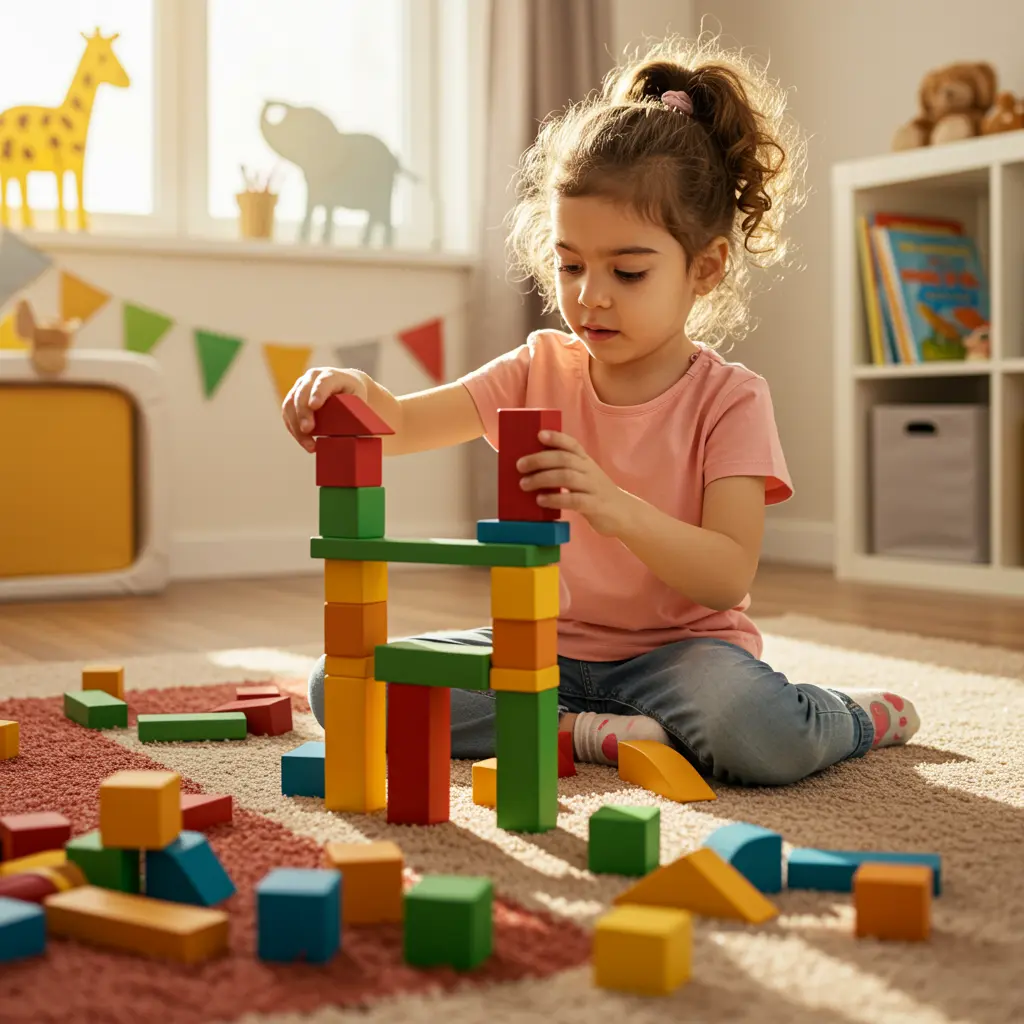Sensory Processing and Learning: Helping Children Thrive
What is Sensory Processing?
Sensory processing refers to how the brain interprets and responds to sensory input from the environment. This includes sight, sound, touch, taste, smell, movement, and body awareness. For some children, sensory processing challenges can affect their ability to learn, focus, and regulate emotions.
At Kurious Active Learning Community, we recognize the importance of sensory development and create learning experiences that support children’s sensory needs.

How Sensory Processing Affects Learning
✅ Attention & Focus – Sensory regulation helps children maintain attention and engage in learning activities.
✅ Motor Skills & Coordination – Fine and gross motor development is closely linked to sensory input.
✅ Emotional Regulation – Sensory experiences impact mood, anxiety levels, and self-soothing abilities.
✅ Social Development – Understanding sensory needs helps children navigate social interactions and build relationships.
📌 Want to learn more? Schedule a tour at Kurious and see how we support whole-child development!


🚩 Sensory Seeking – Children may crave intense sensory input (e.g., spinning, jumping, touching everything).
🚩 Sensory Avoidance – Some children may be hypersensitive to textures, sounds, or lights and may avoid certain activities.
🚩 Poor Body Awareness – Difficulty understanding personal space or controlling movements.
🚩 Attention & Emotional Regulation Issues – Sensory overload can lead to meltdowns or difficulty focusing.
🎨 Multi-Sensory Play – Activities that involve touch, movement, and creative expression. 🌳 Outdoor & Nature Exploration – Exposure to different textures, sounds, and movements in a natural setting. 🧩 Sensory Stations – Calm corners, tactile bins, and movement breaks help children regulate their sensory needs. 🤸♂️ Gross Motor Activities – Swinging, climbing, and obstacle courses help develop sensory-motor connections.

🏡 Create a Sensory-Friendly Space – A quiet area with soft lighting, weighted blankets, or fidget tools.
🖐 Encourage Hands-On Activities – Playdough, water play, and finger painting provide sensory stimulation.
🌟 Practice Movement Breaks – Stretching, jumping, or yoga helps regulate sensory input.
🔊 Adjust Sensory Input – Provide noise-canceling headphones, dim lighting, or soothing music for children who need it.
Sensory processing plays a crucial role in a child’s ability to learn, self-regulate, and interact with the world. At Kurious Active Learning Community, we create an inclusive environment that nurtures every child’s unique sensory needs, ensuring they feel safe, engaged, and ready to thrive.
